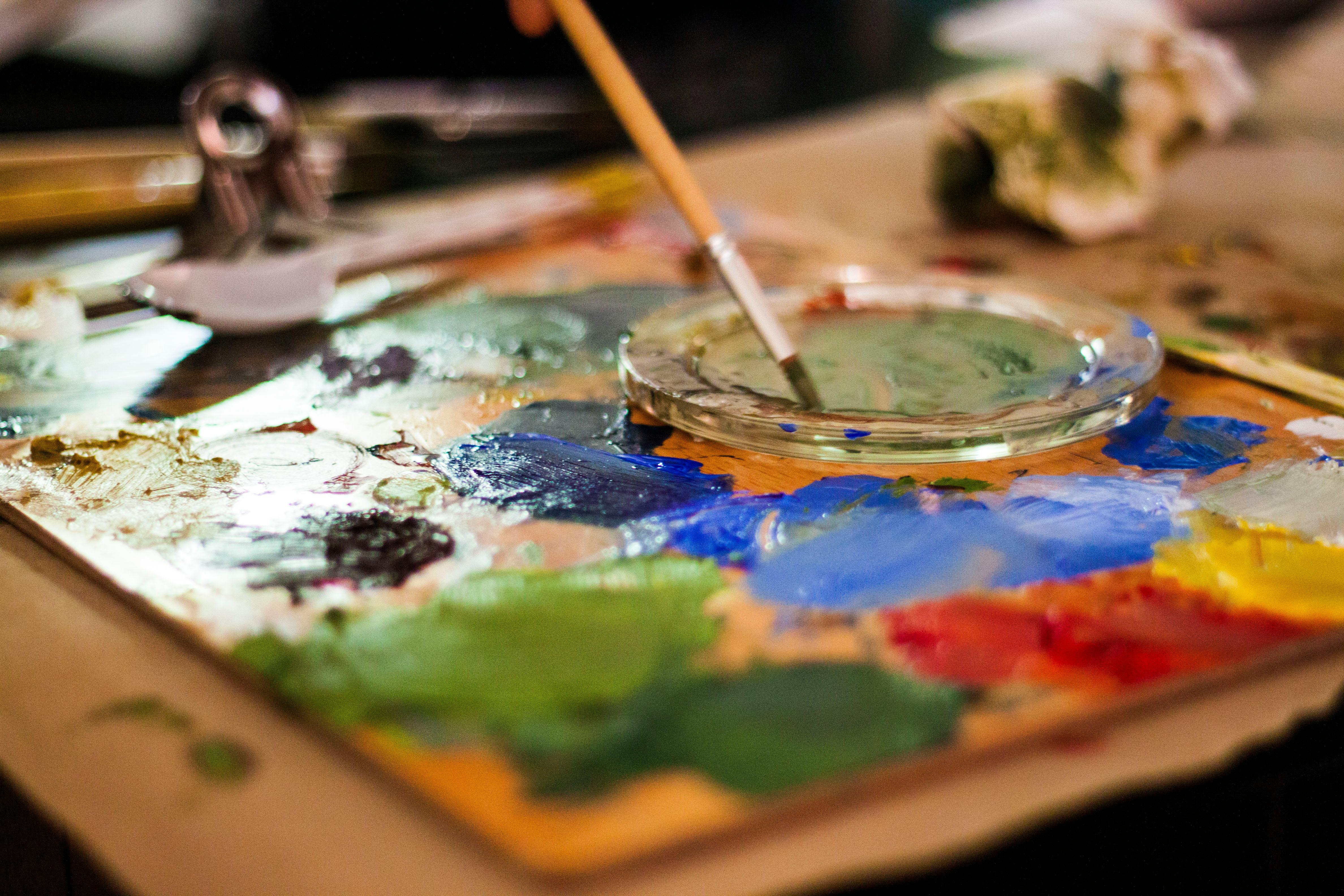Table of contents
Introduction
Art and ecology are two fields that, at first glance, may seem distinct. Yet, when they intersect, they have the power to create a deep and lasting awareness. It is at this intersection that we can discover an ecological awakening, an awareness that can change our way of seeing the world and our place within it.

In this article, we will explore how art can be used as a tool to raise awareness about ecology and environmental issues. We will also discuss how ecological art can bring communities together and be used as a form of activism. Finally, we will provide practical tips for those who wish to engage in ecological art.
Art and Ecology: A Natural Alliance
Art and ecology share a natural symbiotic relationship. Like two trees in a dense forest, they support each other, creating an ecosystem rich in diversity and beauty. Art is a means of expression that allows powerful messages about our environment and our relationship with it to be conveyed.

Similarly, ecology provides art with an inexhaustible source of inspiration. Natural landscapes, weather phenomena, fauna and flora… all these elements can be captured and interpreted through art, allowing us to see nature in a new light and stimulating our imagination.
Art as a vehicle for ecological awareness
Art has the power to touch people in a way that scientific or political discourse cannot always reach. It can evoke emotions, provoke thought, and encourage action. In this sense, art can be a powerful vehicle for raising awareness about ecology and environmental issues.

By avoiding technical jargon and using accessible language, art can help demystify complex environmental issues and make them more understandable to the general public. Moreover, by presenting these issues in a visually appealing way, art can spark increased interest in ecology.
Ecological Art in Practice
Ecological Art and Community
Ecological art has the potential to bring communities together around a common goal: the protection of our environment. It can serve as a meeting point for people from all walks of life, creating a space where everyone can share their ideas and learn from others.

Furthermore, by emphasizing pragmatism and tangible results, ecological art can encourage concrete actions in favor of the environment. For example, an art installation that uses recycled materials can not only raise awareness about the importance of recycling, but also show how everyone can contribute to this cause.
Ecological Art and Activism
Ecological art can also be used as a form of activism. By using art to draw attention to environmental issues, artists can encourage the public to engage in the fight for environmental protection.

It is important to note that this activism must always be conducted with empathy and respect for diverse opinions. Ecological art should not seek to impose a single worldview, but rather to encourage dialogue and reflection.
How to engage in ecological art
If you are interested in ecological art, there are many ways to get involved. You can start by researching artists and works that inspire you, or by participating in ecological art workshops or classes.

It is also important to remember that ecological art is an inclusive field that values the diversity of viewpoints. Whether you are a professional artist or an amateur, your voice has its place in this conversation.
Conclusion
Ecological awakening through art is not just a possibility, it’s a constantly evolving reality. Ecological art provides a powerful platform for raising environmental awareness, bringing communities together, and encouraging action.

In the end, ecological art reminds us that we are all connected - to nature, to our communities, and to ourselves. By embracing this connection, we can all contribute to a more sustainable and environmentally respectful future.
Share: